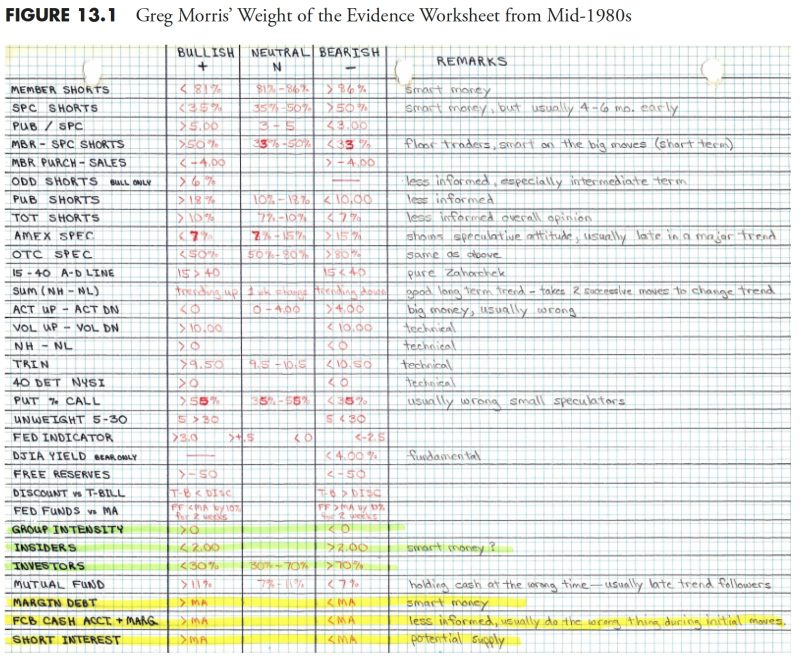In the world of finance, the concept of rules-based money management has gained significant traction as a method to navigate the complex and ever-changing financial markets. This approach involves the use of predefined rules and strategies to guide investment decisions, aiming to reduce emotional bias and improve overall portfolio performance. In the second part of our series on rules-based money management, we will delve into the crucial aspect of measuring the market to enhance decision-making and ultimately achieve financial success.
One key metric that is frequently used to measure market performance is the concept of relative strength. Relative strength compares the price performance of a specific security or asset to a broader market index or benchmark, providing valuable insight into its relative performance. By focusing on assets that exhibit strong relative strength, investors can identify potential outperformers and position their portfolios for success.
Another important measure for evaluating market conditions is market breadth. Market breadth refers to the number of securities or assets participating in a market move, providing a broader perspective on market sentiment and overall strength. A healthy market breadth, characterized by a large number of stocks advancing, typically indicates a robust and sustainable market rally, while a narrow breadth may signal weakness and the potential for a market reversal.
In addition to relative strength and market breadth, another key aspect of measuring the market is assessing market trends. Trend analysis involves identifying the direction and strength of market movements over time, enabling investors to capitalize on prevailing trends and avoid investments that go against the broader market direction. Various technical indicators and charting tools can be utilized to identify and confirm market trends, providing valuable signals for informed decision-making.
Volatility is another critical factor to consider when measuring the market. Market volatility refers to the degree of price fluctuations in a security or market index, reflecting the level of uncertainty and risk present in the market. Understanding and monitoring market volatility is essential for managing risk and adjusting investment strategies to accommodate changing market conditions.
Lastly, sentiment analysis plays a vital role in measuring the market as it provides insight into the collective attitude and behavior of market participants. Market sentiment can influence investor decisions and drive market movements, making it essential to gauge sentiment indicators to anticipate potential market shifts and market sentiment extremes.
In conclusion, the effective measurement of the market is essential for successful rules-based money management. By incorporating techniques such as relative strength analysis, market breadth assessment, trend analysis, volatility measurement, and sentiment analysis, investors can gain a comprehensive understanding of market dynamics and make informed investment decisions. Utilizing these measurement tools in conjunction with robust rules-based strategies can help investors navigate the financial markets with confidence and achieve their financial goals.




























